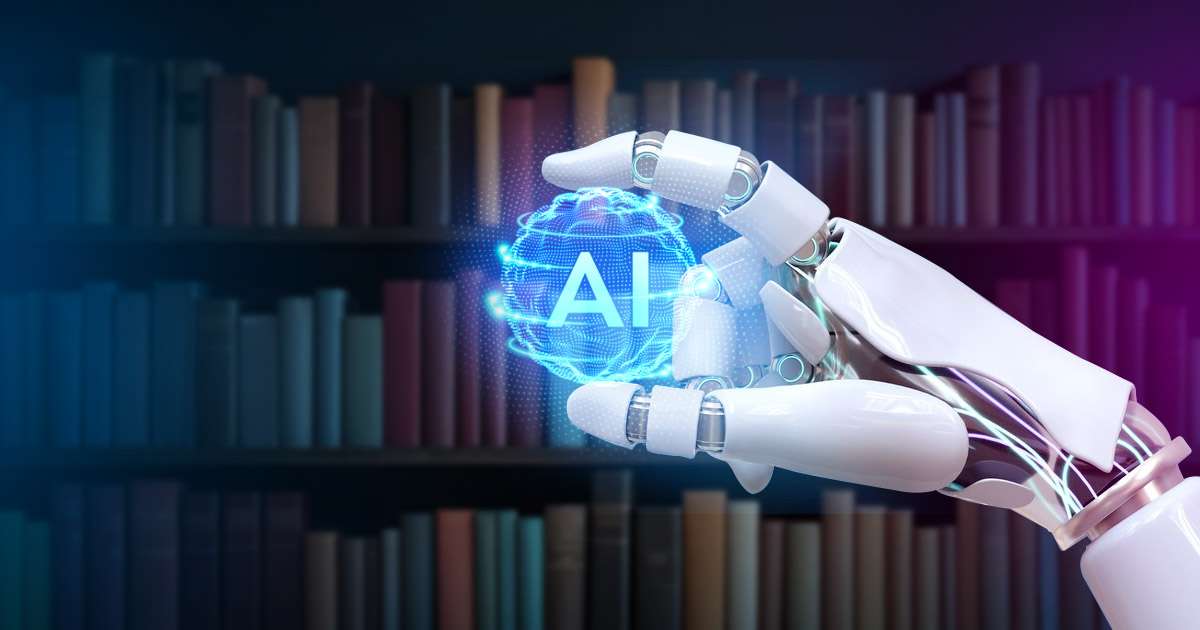How AI Detectors Work and Their Impact on Academia

As AI technology continues to grow and become more common in writing content for websites, research papers, theses, and other academic works, there’s also a rise in the use of AI detectors. These tools are designed to ensure that AI is used appropriately and ethically in these contexts.
With AI’s ability to generate text quickly and efficiently, it’s important to maintain the integrity of academic work and online content. AI detectors help identify text that may have been generated by artificial intelligence, which can be especially useful in academic settings where originality is crucial.
The goal of these detectors is to promote responsible use of AI.
What Exactly is an AI Detector?
An AI detector is a tool used to figure out if a piece of writing was done by a human or created by artificial intelligence (AI). These tools look at different features of the text to make their decision. As AI-generated content becomes more common, AI detectors are becoming very important.
Aims of AI Detectors
The main goals of AI detectors are:
- They check if the content is original and not made by AI, keeping the writing genuine.
- In schools and universities, AI detectors help teachers see if students’ work is their own or if it was generated by AI. This helps keep education fair and honest.
- For businesses and publishers, these tools ensure that the content they produce is high-quality and original. This helps maintain trust and credibility with their audience.
How AI Detectors Work
An AI detector determines if a text was written by a human or generated by AI. Here’s a simple step-by-step look at how it works and how it can be used in schools and universities.
- Text Analysis: The AI detector scans the text to find patterns, structures, and styles typical of AI writing. It looks for specific features like sentence complexity, word choice, and formatting that are common in AI-generated content.
- Machine Learning Algorithms: The detector uses algorithms trained on large datasets containing both human-written and AI-generated texts. These algorithms can spot differences between human and AI writing, such as variations in tone and naturalness.
- Statistical Models: The detector uses statistical models to figure out the chances that the text was created by AI. It compares the text against patterns found in AI-generated content to make this guess.
- Language Models: The AI detector compares the text with known language patterns used by AI to see if it matches. Based on this comparison, the detector decides if the text is likely AI-generated or human-written.
How to Use AI Detectors in Academia
- Schools and universities can add AI detectors to their Learning Management Systems (LMS) to automatically check student submissions. Teachers can also use standalone AI detection tools to manually check assignments.
- When students submit their work, the AI detector automatically scans the text for signs of AI generation. Teachers can also manually upload student assignments to the AI detector for checking.
- The AI detector flags parts of the text that show patterns typical of AI writing. It gives detailed reports highlighting areas of concern and explains why they were flagged.
- Teachers can use the AI detector’s feedback to point out areas in students’ work that may seem artificially generated.
- Regular use of AI detectors ensures that all submissions are original and reflect the students’ own efforts.
Using AI detectors in academia helps keep students honest, ensures fair grading, and maintains high standards in student work, making sure the educational process remains genuine and effective.
Can You Trust AI Detectors?
A study published in Cell Reports Physical Science found that AI detectors can distinguish academic science writing from ChatGPT-generated content with over 99% accuracy. This high level of accuracy was achieved using machine learning tools like XGBoost on a training set of 192 documents. The study highlights that AI-generated content is generally less complex and stylistically different from human-written scientific articles.
However, AI detectors aren’t perfect and can make two main types of errors:
- False Positives: This is when the detector incorrectly labels human-written text as AI-generated. For example, if a student writes a very polished essay, the AI detector might flag it because it looks similar to what AI might write.
- False Negatives: This is when the detector fails to spot AI-generated text and mistakenly thinks it’s human-written. Advanced AI models can write in a way that closely mimics human styles, making it tricky for detectors to identify them correctly.
Despite these mistakes, AI technology is always improving. Continuous updates to algorithms and training data help reduce these errors over time. This makes AI detectors more reliable for maintaining honesty in academics and ensuring students submit their original work.
Making the Most of AI Detectors
AI detectors can greatly help maintain academic honesty and ensure students submit their own work. These tools are reliable and constantly improve with new technology.
However, using AI in writing isn’t bad if done correctly. AI can help students by suggesting ideas and improving their writing. Teachers should encourage students to explore AI tools for inspiration while stressing the importance of original thought. With AI detectors in place, schools can create a fair environment that promotes honesty and high standards, helping students develop real skills and submit quality content.

